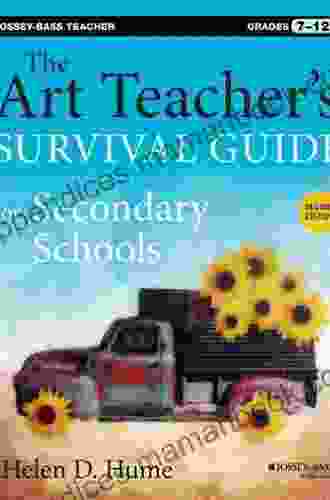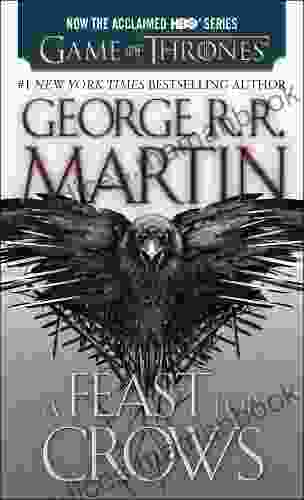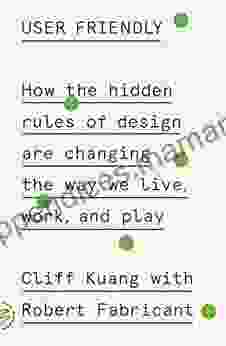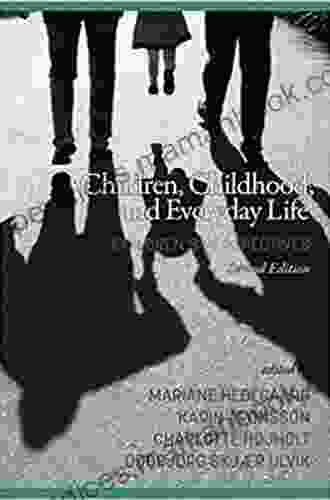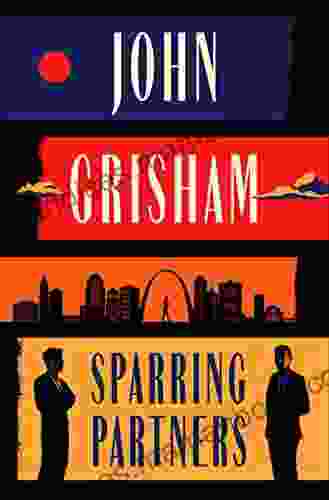The Art Teacher Survival Guide For Secondary Schools: Navigating the Complexities of Art Education

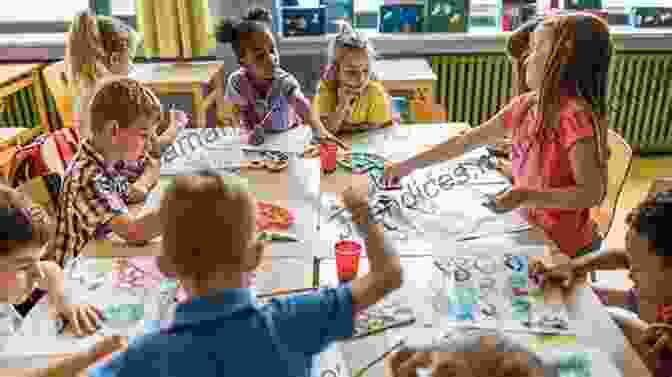
The art classroom is a unique and often challenging environment. From managing diverse personalities to nurturing creativity, art teachers face a myriad of responsibilities. The Art Teacher Survival Guide For Secondary Schools is an indispensable resource designed to equip art educators with the tools and strategies necessary to navigate the complexities of their profession.
4.4 out of 5
| Language | : | English |
| File size | : | 29260 KB |
| Text-to-Speech | : | Enabled |
| Screen Reader | : | Supported |
| Enhanced typesetting | : | Enabled |
| Word Wise | : | Enabled |
| Print length | : | 323 pages |
| Lending | : | Enabled |
Chapter 1: Establishing a Positive Classroom Culture
Fostering a positive and inclusive classroom culture is essential for student success. This chapter provides practical tips for creating a welcoming and respectful environment where students feel valued and motivated to learn.
Setting Clear Expectations
* Establish clear rules and procedures to ensure a predictable and structured classroom experience. * Communicate expectations for student behavior, dress code, and academic performance.
Building Relationships
* Get to know your students and learn about their interests and strengths. * Use icebreakers and group activities to build rapport. * Respect student diversity and create a classroom that is inclusive of all backgrounds.
Promoting Respect
* Model respectful behavior towards students and colleagues. * Encourage students to treat each other with kindness and empathy. * Address disrespectful behavior promptly and consistently.
Chapter 2: Curriculum Planning and Delivery
Effective art education requires a well-structured curriculum that aligns with state standards and meets the needs of your students. This chapter guides you through the process of developing and delivering engaging and meaningful lessons.
Developing a Curriculum
* Align your curriculum with national and state standards. * Consider the age, abilities, and interests of your students. * Incorporate a variety of art disciplines, including drawing, painting, sculpture, and digital media.
Lesson Planning
* Create detailed lesson plans that include specific objectives, materials, and activities. * Plan for differentiation to accommodate students with diverse learning styles. * Use a variety of teaching methods to engage students and foster creativity.
Classroom Management
* Establish clear procedures for classroom routines, such as transitions and cleanup. * Keep a tidy and organized classroom to minimize distractions. * Use positive reinforcement to encourage appropriate behavior.
Chapter 3: Assessment and Critique
Assessment is an integral part of art education. This chapter provides guidance on creating and using effective assessments to evaluate student progress and provide feedback.
Assessment Strategies
* Use a variety of assessment methods, such as rubrics, portfolios, and observations. * Assess student work throughout the learning process, not just at the end of a unit. * Provide specific and constructive feedback to help students improve.
Critique in the Art Classroom
* Facilitate constructive critique sessions that encourage students to provide feedback on each other's work. * Model respectful and objective critique. * Create a safe and supportive environment for students to share their work and ideas.
Chapter 4: Collaboration and Professional Development
Collaborating with colleagues and engaging in professional development are essential for the growth and success of any art teacher. This chapter highlights the importance of networking and staying up-to-date with best practices in art education.
Collaboration with Colleagues
* Seek support and ideas from other art teachers in your school or district. * Collaborate on projects or workshops to enhance student learning. * Share resources and lesson plans with colleagues.
Professional Development
* Attend workshops and conferences to learn about new trends and techniques in art education. * Take courses or pursue a higher degree to advance your knowledge and skills. * Stay informed about current research and best practices in the field.
Chapter 5: Resources and Support
This chapter provides a comprehensive list of resources to support art teachers, including websites, organizations, and professional development opportunities.
Online Resources
* The National Art Education Association (NAEA) * The International Society for Education Through Art (InSEA) * The American Art Therapy Association (AATA)
Professional Organizations
* National Association of Elementary Art Educators (NAEA) * National Association of Secondary School Principals (NASSP) * National Association of Art Museums (AAM)
Workshops and Conferences
* National Art Education Association (NAEA) National Convention * International Society for Education Through Art (InSEA) World Congress * Art Education Leadership Conference
The Art Teacher Survival Guide For Secondary Schools is an indispensable resource for any art educator. With its practical strategies, expert advice, and comprehensive resources, this guide will empower you to navigate the challenges and embrace the rewards of the art teaching profession. Remember, the art classroom is not just a place to teach about art; it is a place to inspire creativity, foster self-expression, and empower students to become well-rounded and successful individuals.
4.4 out of 5
| Language | : | English |
| File size | : | 29260 KB |
| Text-to-Speech | : | Enabled |
| Screen Reader | : | Supported |
| Enhanced typesetting | : | Enabled |
| Word Wise | : | Enabled |
| Print length | : | 323 pages |
| Lending | : | Enabled |
Do you want to contribute by writing guest posts on this blog?
Please contact us and send us a resume of previous articles that you have written.
 Top Book
Top Book Novel
Novel Fiction
Fiction Nonfiction
Nonfiction Literature
Literature Paperback
Paperback Hardcover
Hardcover E-book
E-book Audiobook
Audiobook Bestseller
Bestseller Classic
Classic Mystery
Mystery Thriller
Thriller Romance
Romance Fantasy
Fantasy Science Fiction
Science Fiction Biography
Biography Memoir
Memoir Autobiography
Autobiography Poetry
Poetry Drama
Drama Historical Fiction
Historical Fiction Self-help
Self-help Young Adult
Young Adult Childrens Books
Childrens Books Graphic Novel
Graphic Novel Anthology
Anthology Series
Series Encyclopedia
Encyclopedia Reference
Reference Guidebook
Guidebook Textbook
Textbook Workbook
Workbook Journal
Journal Diary
Diary Manuscript
Manuscript Folio
Folio Pulp Fiction
Pulp Fiction Short Stories
Short Stories Fairy Tales
Fairy Tales Fables
Fables Mythology
Mythology Philosophy
Philosophy Religion
Religion Spirituality
Spirituality Essays
Essays Critique
Critique Commentary
Commentary Glossary
Glossary Bibliography
Bibliography Index
Index Table of Contents
Table of Contents Preface
Preface Introduction
Introduction Foreword
Foreword Afterword
Afterword Appendices
Appendices Annotations
Annotations Footnotes
Footnotes Epilogue
Epilogue Prologue
Prologue Eugenio Montale
Eugenio Montale Machado De Assis
Machado De Assis Thomas Percy
Thomas Percy Alvin Moscow
Alvin Moscow Emily Morgan
Emily Morgan Debbie Lacy
Debbie Lacy John Grisham
John Grisham Andrew Taylor Troutman
Andrew Taylor Troutman Eva Bowen
Eva Bowen Helen D Hume
Helen D Hume Bill Meeks
Bill Meeks Rashida Shidanatural Godbold
Rashida Shidanatural Godbold G J Ogden
G J Ogden Lisa Gardner
Lisa Gardner Kathleen Kelly
Kathleen Kelly Ashley Farley
Ashley Farley Dr Gilat Trabelsi
Dr Gilat Trabelsi Elaine Cunningham
Elaine Cunningham Valerie M Pontbriand
Valerie M Pontbriand Alex Ankarr
Alex Ankarr
Light bulbAdvertise smarter! Our strategic ad space ensures maximum exposure. Reserve your spot today!
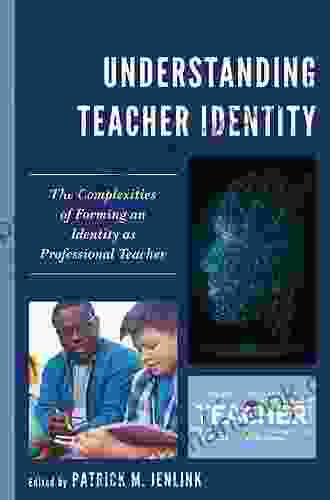
 Foster HayesUnveiling The Complexities Of Identity Formation In Professional Teachers: A...
Foster HayesUnveiling The Complexities Of Identity Formation In Professional Teachers: A... Philip BellFollow ·11.8k
Philip BellFollow ·11.8k Josh CarterFollow ·17.1k
Josh CarterFollow ·17.1k Yukio MishimaFollow ·11.8k
Yukio MishimaFollow ·11.8k David MitchellFollow ·15.6k
David MitchellFollow ·15.6k Tom HayesFollow ·13.6k
Tom HayesFollow ·13.6k Max TurnerFollow ·12.1k
Max TurnerFollow ·12.1k Ike BellFollow ·2.4k
Ike BellFollow ·2.4k Tim ReedFollow ·16k
Tim ReedFollow ·16k

 Jamie Blair
Jamie BlairA Delightful Blend of Love and Laughter: Exploring Short...
In the realm of literature, where imagination...
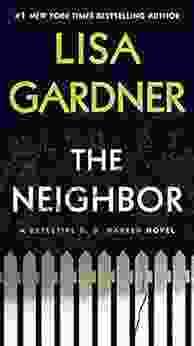
 Gary Cox
Gary CoxDetective Warren: A Gripping Tale of Suspense and...
Step into the enigmatic world of Detective...
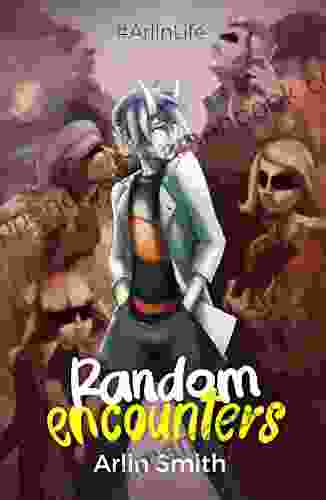
 Junot Díaz
Junot DíazArlinlife Random Encounters: An In-Depth Exploration of...
Arlinlife Random Encounters is a...
4.4 out of 5
| Language | : | English |
| File size | : | 29260 KB |
| Text-to-Speech | : | Enabled |
| Screen Reader | : | Supported |
| Enhanced typesetting | : | Enabled |
| Word Wise | : | Enabled |
| Print length | : | 323 pages |
| Lending | : | Enabled |


